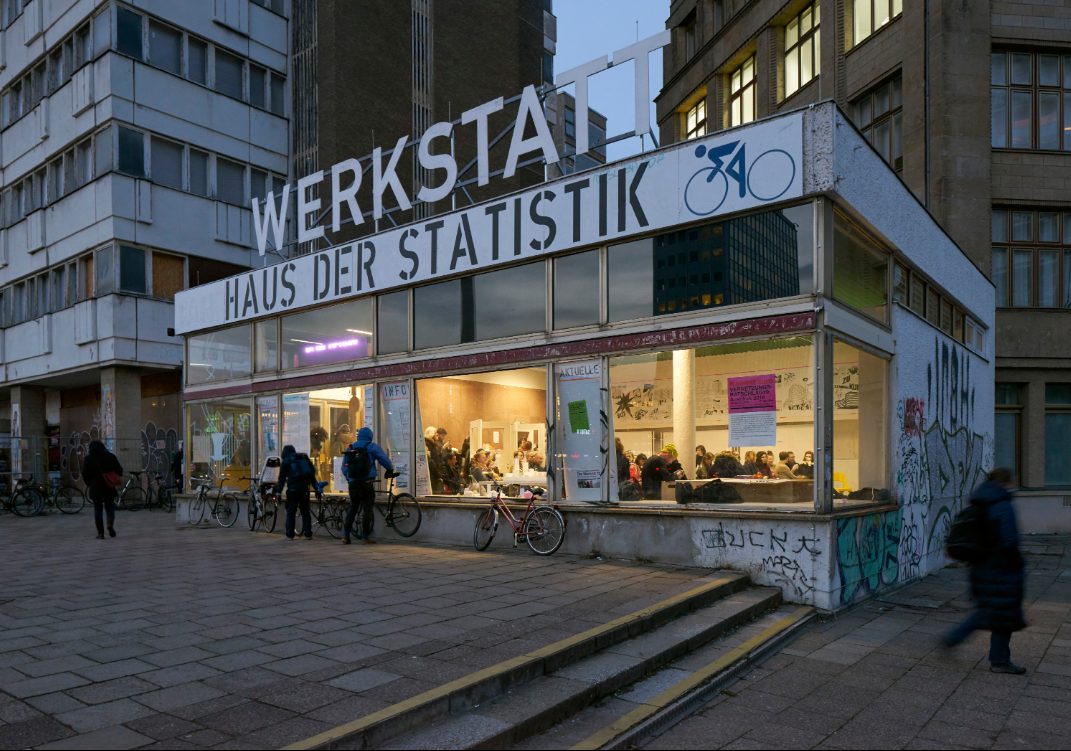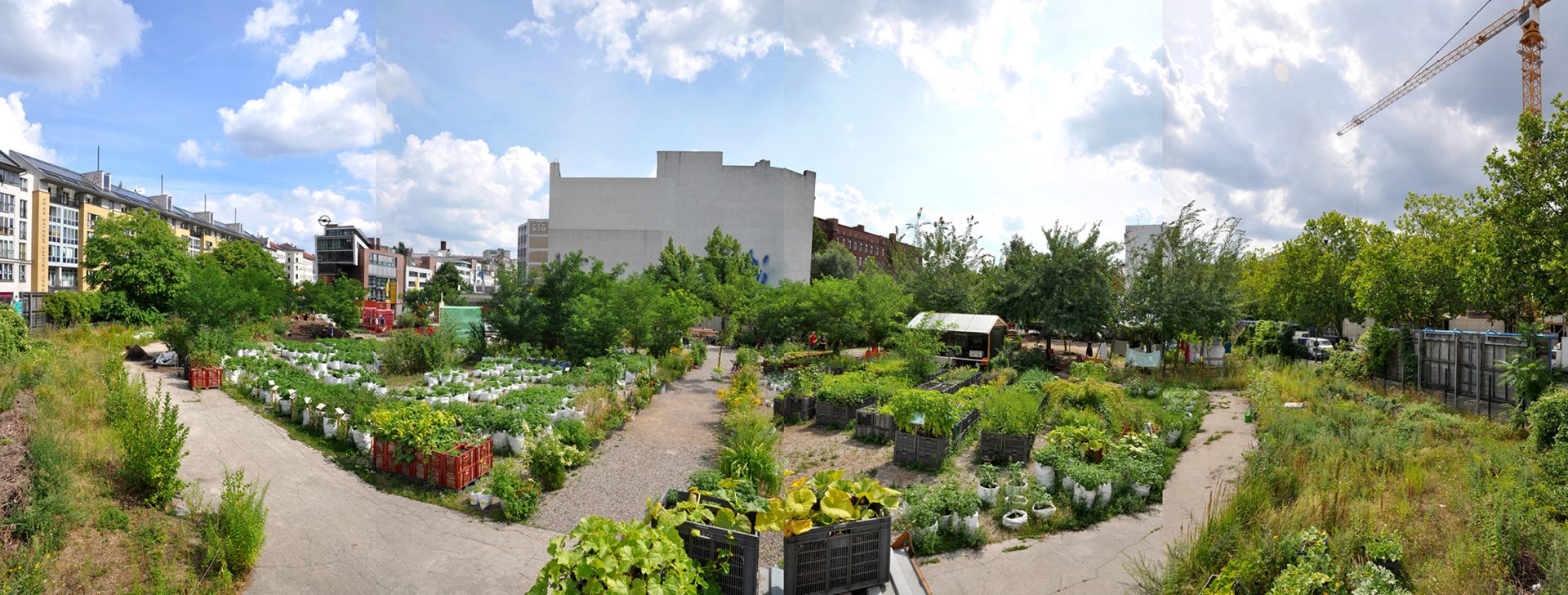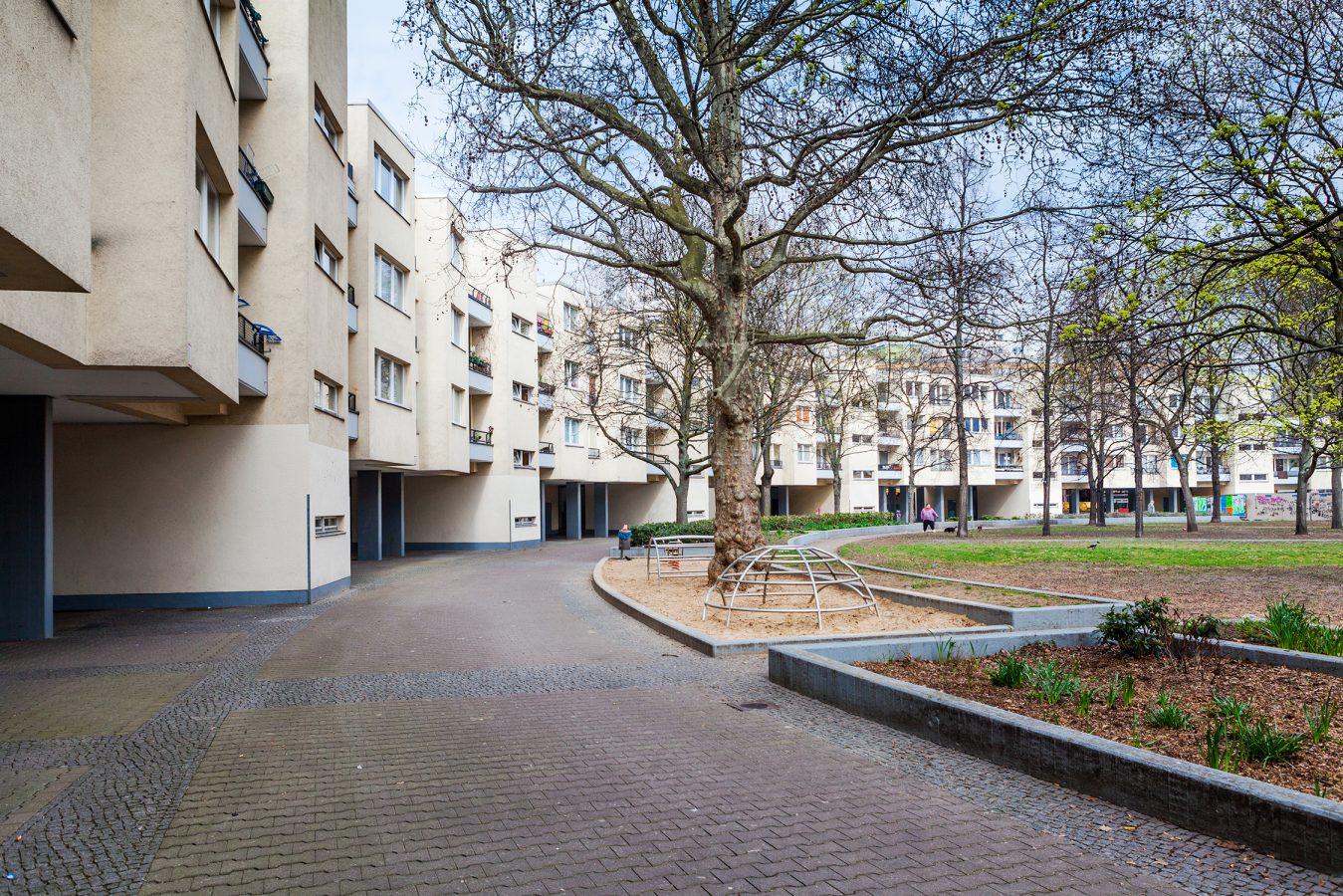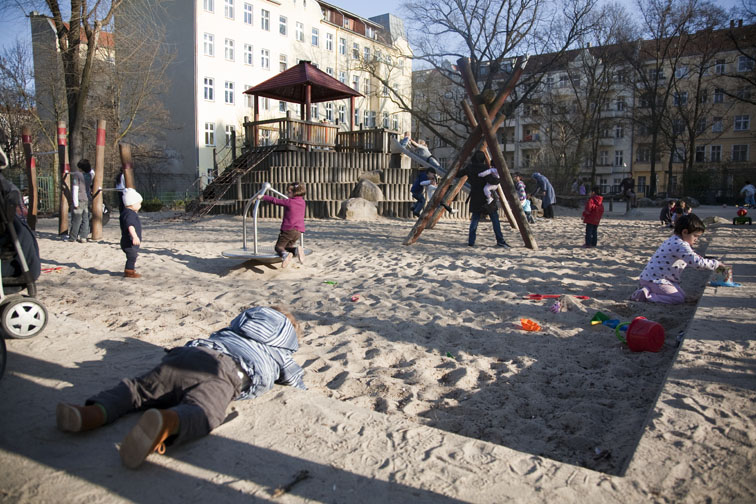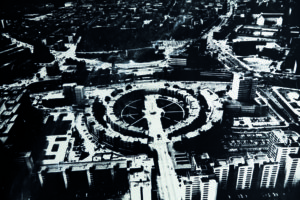
Switch On Mehringplatz
This booklet is the final outcome of the training program developed in Berlin by Tesserae Urban Social Research within the EULER transnational exchange, a collaboration between organisations from Antwerp, Barcelona, London and Berlin. The aim of our programme was to promote participatory methodologies for social and entrepreneurial initiatives at the scale of the neighbourhood. This is one in a series of 6 brochures about the project EULER.
Berlin · EULER · Mehringplatz · neighbourhood
